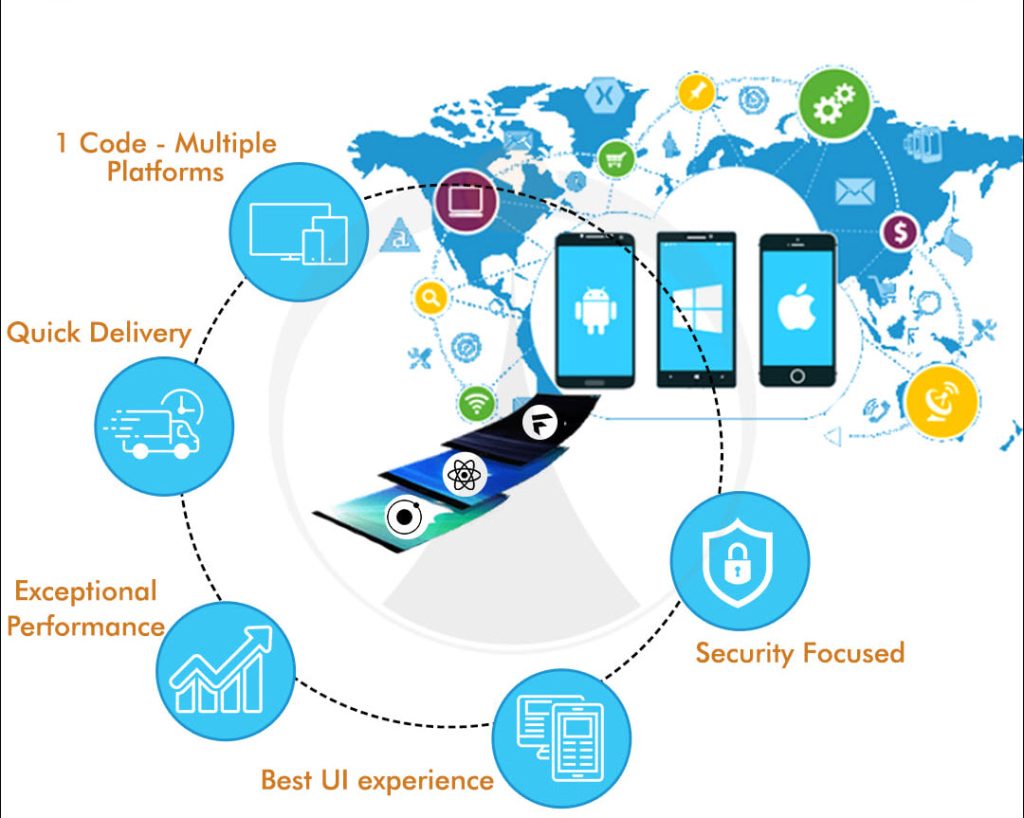Customers’ user behavior and corporate objectives must be taken into account when developing eCommerce Mobile Apps. A surfboard store, for example, may expect a huge influx of customers during warm weather. An e-commerce app must be designed so that the average time it takes to process a request decreases as its popularity rises and its servers become more loaded. The development company should create a customized solution for the business.
Crucial Requirements of Mobile App Development for e-commerce
The team preparing the eCommerce Mobile App Development should have a creative and experienced team. The developers should have a lot of experience with eCommerce Mobile Apps, as well as the most up-to-date technologies. A great app will have all these features. Besides, the design should be attractive enough for users to feel comfortable while browsing through the products. If possible, it should also include interactive facilities. Once the e-commerce mobile app is ready, it can be launched in the market.

- Developing an eCommerce app requires careful planning. Before beginning the development process, a team should think about the needs of the app’s users and customers and build a list of business-specific features. This will help to speed up the software development process. When compared to the value of your company’s success, the cost of developing a mobile app is insignificant. When selecting an e-commerce mobile app development business, go with one that has an established track record.
- The App should be simple to use and offer a consistent user experience across all platforms. The users will ultimately decide whether or not the app is profitable for the business. The development team should map the audience and understand the demographics, interests, and feedback. The client should also be involved in the development process, which is essential for the success of an e-commerce app.
- The MVP is the first stage of developing a mobile app. The developer should map the user’s preferences and determine the niche at this point. Similarly, the end-user should be able to find what they are looking for and purchase it. Although the app should ideally have a single user interface, keep in mind that end-users may utilize many devices, including smartphones, tablets, and smartwatches.
- A company should consider the budget and infrastructure of an eCommerce mobile app before it starts developing. A mobile app needs to be highly customizable and should be easy to manage. It should be easy for the customer to find products that they are looking for and purchase them. They should be able to readily share information with their friends and family via the app.
- Several payment choices should be available during the eCommerce Mobile App Development process. A payment mechanism should be user-friendly. Wearable devices, such as smartwatches and smartphones, should be supported by the app. In addition to mobile wallets, it should also feature a mobile application that allows users to make payments on their phones using their mobile wallets. The more payment options available, the better. This can increase conversion rates for your business. The more convenient your users are, the more likely they are to purchase your product.
- An eCommerce Mobile App Development team should be comprised of Android and iOS developers with in-depth knowledge of the latest technology. Offline data storage and several server-side API interfaces should be familiar to the team. The firm should also have prior experience working with UX designers and an understanding of the characteristics that user’s value.
- Considering the cost of the app and the business’s financial position is critical for the process. When selecting a mobile app development business, be sure to ask questions about the expenses associated and avoid contracts with hidden fees. The cost of a successful eCommerce Mobile App should be within your minimum budget.
The Bottom Line
All the above-mentioned points are crucial when developing an app for a business. The eCommerce mobile app should be well-designed and satisfy the user’s needs. In addition, the development team should be able to create a unique mobile app for the retailer’s needs.





